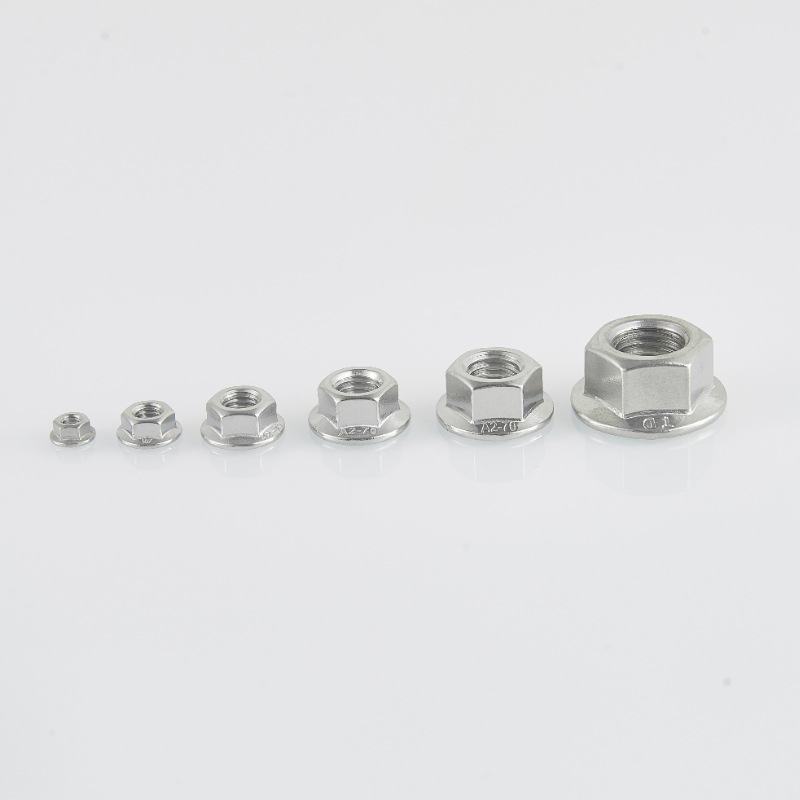

fastener dimension
Ott . 10, 2024 12:52 Back to list
fastener dimension
Understanding Fastener Dimensions A Comprehensive Guide
Fasteners are an integral part of engineering and construction, playing a crucial role in holding components together securely. From bolts and screws to nuts and washers, the size and shape of these fasteners are essential for ensuring strength, reliability, and performance. In this article, we will explore the importance of fastener dimensions, the standard measurement units, and how to choose the right fastener to suit various applications.
Importance of Fastener Dimensions
The dimensions of fasteners are critical in many ways. First and foremost, they determine the compatibility of a fastener with the materials it is intended to join. Each fastener type has specific dimensional characteristics, which dictate how it interacts with other components. Using a fastener that does not fit properly can lead to mechanical failure, resulting in accidents, equipment malfunction, or structural damage.
Fastener dimensions are also linked to load requirements. Engineers must consider the forces that a fastener will encounter during its operation, including tension, shear, and torsion. Selecting a fastener with improperly sized dimensions can compromise the integrity of the entire structure or assembly, leading to serious consequences.
Standard Measurements
Fastener dimensions are typically defined by a set of standardized measurements. These include diameter, length, thread pitch, head size, and overall shape. In the case of screws and bolts, the key dimensions include
- Diameter (d) The width of the fastener, measured across the base of the threads. It is typically specified in either metric (millimeters) or imperial (inches) units. - Length (L) The overall length of the fastener from the head to the end of the shank. This dimension is critical as it determines how deep the fastener can penetrate into the material it is fastening.
- Thread Pitch The distance between threads, usually measured in threads per inch (TPI) for imperial systems or in millimeters for metric systems. A finer thread pitch allows for greater adjustment but may be less resistant to stripping.
- Head Size and Type The dimension of the fastener's head is important for determining how it will be driven in (e.g., screwdriver type, socket size) and whether it can be effectively tightened or loosened.
fastener dimension

- Material and Coating While not a dimension, the material and any coatings (such as zinc plating or anodizing) can influence the fastener's dimensions due to changes during manufacturing processes, such as threading and finishing.
Choosing the Right Fastener Dimension
Selecting the appropriate fastener dimensions for a given application involves several considerations. Here are some tips to guide the process
1. Assess Load Requirements Understand the loads that will be applied to the fastener. This includes static loads and dynamic loads which may fluctuate over time.
2. Consider Material Compatibility Ensure the fastener material is compatible with the materials being joined. For example, using stainless steel fasteners with aluminum parts may lead to galvanic corrosion if not properly insulated.
3. Account for Environmental Factors If the application is subject to environmental challenges (such as moisture, extreme temperatures, or chemicals), select fasteners with dimensions and coatings that will withstand such conditions.
4. Refer to Standards and Specifications Utilize industry standards (such as ASTM, ISO, or ANSI) that prescribe specific dimensions for various fasteners. These standards help ensure the fasteners will perform as intended.
5. Mock Assembly if Possible If feasible, conduct a mock assembly to test the fit and function of the chosen fasteners before full-scale implementation. This can save time and resources and help avoid costly mistakes.
Conclusion
In conclusion, understanding fastener dimensions is vital for anyone involved in design, manufacturing, or assembly processes. Properly sized fasteners contribute to the safety, reliability, and efficiency of mechanical assemblies. By recognizing the significance of various dimensional attributes and choosing the right fastener based on specified criteria, engineers and designers can enhance the performance and longevity of their projects. As the complexity of applications increases, so does the importance of precise fastener dimensioning, making it a fundamental aspect of engineering and manufacturing disciplines.
Latest news
-
Hot Dip Galvanized Bolts - Hebei Longze | High Strength, Corrosion Resistance
NewsAug.01,2025
-
High-Strength Hot Dip Galvanized Bolts - LongZe | Corrosion Resistance, Custom Sizes
NewsAug.01,2025
-
Best Self Tapping Screws for Drywall - Fast & Secure Installation
NewsJul.31,2025
-
High-Strength Hot Dip Galvanized Bolts-Hebei Longze|Corrosion Resistance&Customization
NewsJul.31,2025
-
Hot Dip Galvanized Bolts-Hebei Longze Metal Products|Corrosion Resistance&High Strength
NewsJul.31,2025
-
Hot Dip Galvanized Bolts-About LongZe|High Strength, Corrosion Resistance
NewsJul.30,2025

